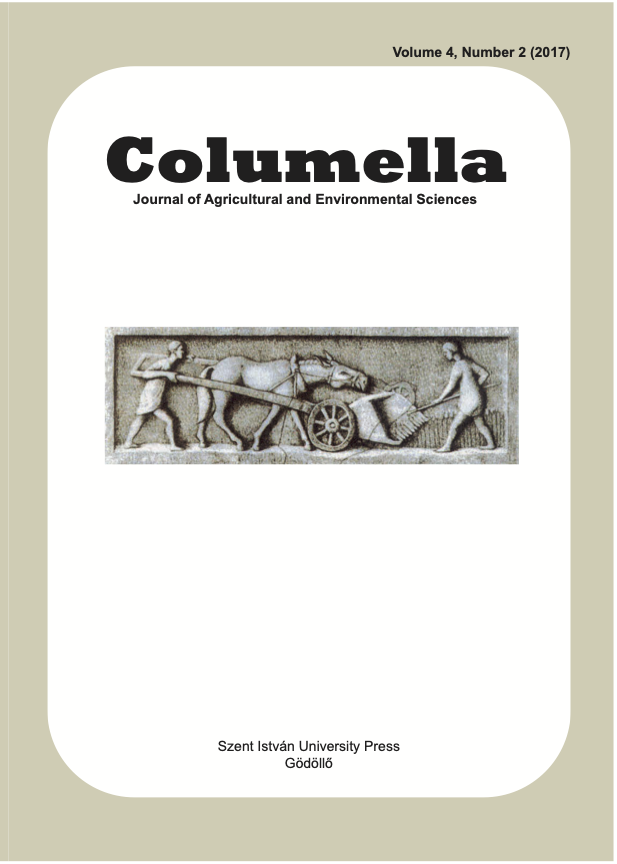Climate change research review – 10th anniversary of the VAHAVA report
DOI:
https://doi.org/10.18380/SZIE.COLUM.2017.4.2.55Keywords:
climate change, agri-environment, VAHAVA projectAbstract
Climate change processes highly affect agriculture. The impacts of climate change may influence almost all fields of agricultural activities; production efficiency, quantitative and qualitative deterioration of crop yields produced for alimentary purposes, and to determine postharvest manifestation of agricultural products inducing hazard in the field of food safety, transport, storage and distribution. There are many factors like soil-climaticconditions, amount and distribution of precipitation, anomalies and extremities of temperature as well as various manifestation of air movement from stand still to storms that may influence agriculture. Climate change may have indirect impacts as well like pollution, which has been considered solely as the presence of unfavourable alien matter in the environment, but in reality pollution is far more than that. Agri-environmental pollution is less anthropogenic since many pollution or degradation processes may begin with no direct relationship to human activities. Soil degradations or irreversible damage to natural ecosystems by climatic factors (drought, flood, water logging and salinity) are to be seen as the most frequent consequences. Biological pollution, like weed infestation, epidemics and gradations, pollen allergy, the poisonous effect of mycotoxins on farm animals and humans, new pests and diseases, the emission of greenhouse gases and biological factors which cause quality deterioration represent an increasing pressure on agri-environment. This paper is intended to give an overview of some research activities and their results in relation with climatic aspects of agri-environment in Hungary on the occasion of the 10th anniversary of the edition of the VAHAVA report, a major national climate change research project. The majority of its postulates are still valid. Novel follow up research results are presented in the review.
Downloads
Published
Issue
Section
License
Copyright (c) 2017 Ákos Tarnawa, Barnabás Pósa, Katalin Kassai, Ferenc H. Nyárai, Andrea Farkas, Márta Birkás, Márton Jolánkai

This work is licensed under a Creative Commons Attribution-NonCommercial-NoDerivatives 4.0 International License.










